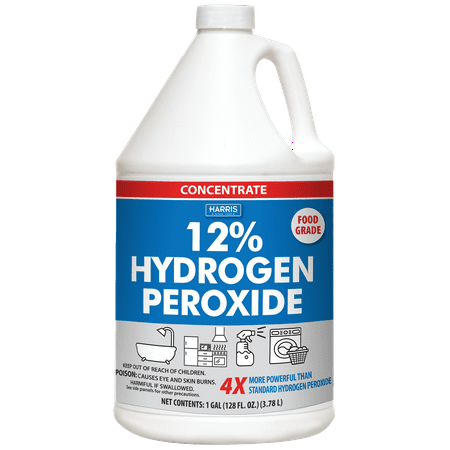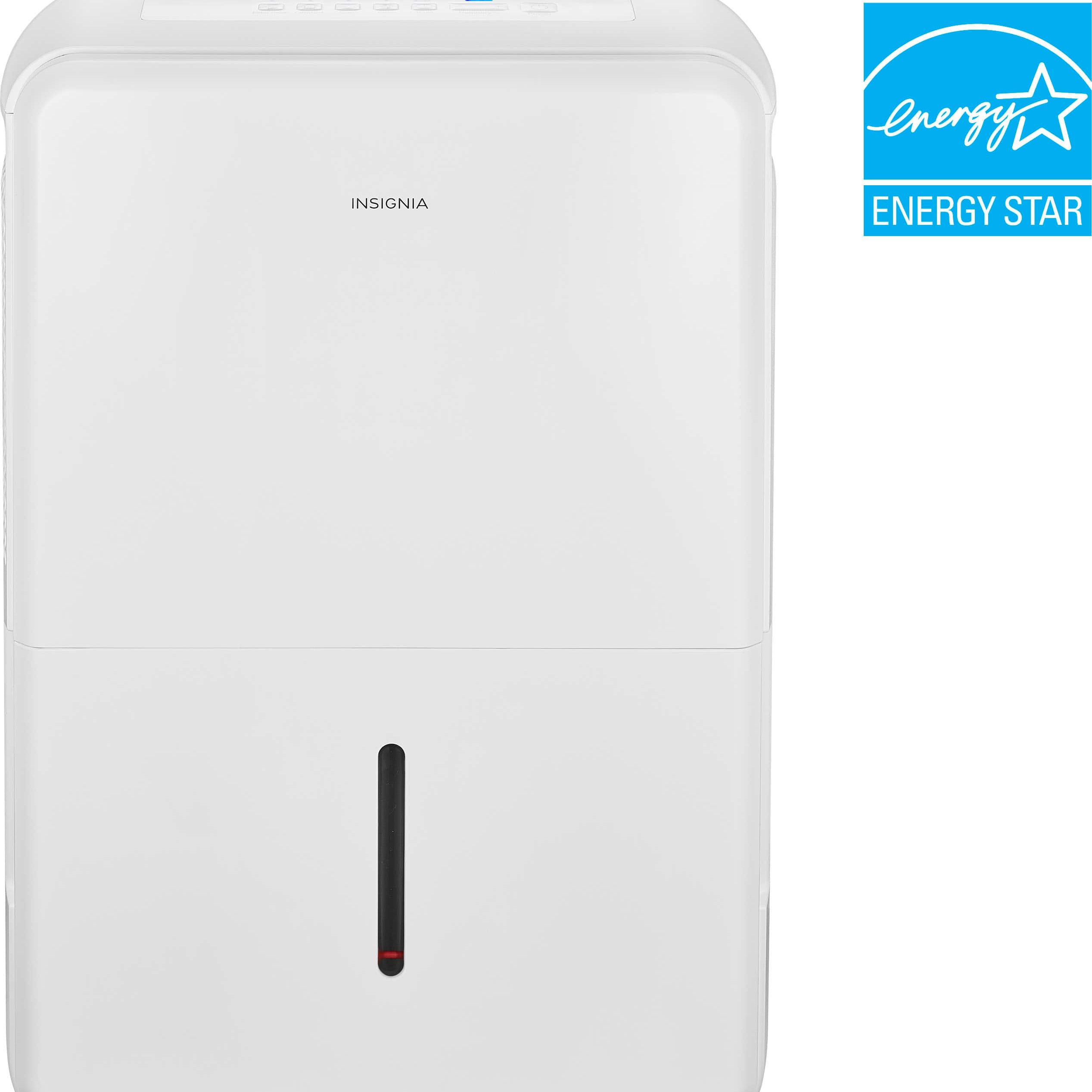5 Warning Signs You Should Check Your Attic for Mold This November – and the Simple DIY Solution Experts Reveal Will Slow the Growth
Don't let it spread unchecked


As temperatures drop and humidity rises, your attic can quickly become a hotspot for mold. Left unchecked, it can damage insulation, weaken your home's vital structures, and impact indoor air quality.
November is the perfect time to take a quick look before the early cold sets in, checking for the five key warning signs that mold is growing in your attic, and catch it before it spreads.
Here's what to look out for to help you get rid of mold, and the simple, budget-friendly DIY solution that can slow the growth and buy you time ahead of any necessary mold remediation work.
5 Warning Signs There is Mold in Your Attic

Mold can grow in both converted and non-converted spaces as heat and moisture rise when we turn our heating on over winter.
1. Mildew Odors
If you have popped into our attic to collect your holiday decorations or guest bedroom essentials and left wondering why your house smells musty, it could be hidden mold.
According to Alan Bernau Jr., owner of Alan's Factory Outlet, persistent musty or mildew-type smells could be a sign of danger in your home.
He explains, 'This smell can continue to occur even when you've cleaned the space or aired it out. The smell is usually caused by trapped moisture in your wood or insulation and creates an optimal environment for mold spores to reproduce. In many cases, homeowners identify this smell strongest on warmer, more humid days or immediately after a rainstorm.'
You can check the moisture levels in your attic with two tools: The first is a hygrometer, from Walmart, which can instantly measure and tell you the moisture content of the air. The second is a pinless moisture meter from Lowe's, which can tell you the moisture content of a surface such as attic ceilings, walls, or floors.
Design expertise in your inbox – from inspiring decorating ideas and beautiful celebrity homes to practical gardening advice and shopping round-ups.
2. Black Spotting
One of the most obvious signs of mold in the attic is physical growth on surfaces. When ensuring your attic is safe, it is important to look for black mold in particular, advises Tony Abate, a Certified Mold Inspector and Vice President and Chief Technology Officer at AtmosAir Solutions.
He explains, 'Many times black mold, which is the most concerning, will show as those black spots on attic walls or ceilings. How do you know it’s mold? A simple test is to take a cotton swab and dip it in chlorine bleach [available at Walmart] and dab that black spot. If the spot quickly vanishes, it was likely black mold and not dirt or grease, etc.'
3. Allergic Symptoms
Mold and fungal spores are one of the most common allergens that plague our homes, Tony explains. If you are noticing a flare of allergy symptoms in your attic, or during/after entering this common storage space, it could be hidden mold.
He suggests paying attention ot symptoms such as a runny nose, itchy or burning eyes, and dry throat. This may have increased in November if you've been in and out of the attic for festive decor, winter clothes, or additional serveware for hosting.
4. Water Damage
Water damage is a big risk in attics in winter, especially if roof tiles are damaged by high winds or you do not clean your gutters when winterizing your home. Any additional moisture can quickly lead to mold if left unchecked.
Russell Vent, VP at Paul Davis Restoration of Greater Rochester, says, 'Water damage is the most important indicator that there may be mold growing, especially if it is on a porous material like drywall.
'On the surface of the drywall, you may only see yellow water staining, but if the moisture source is coming from behind the wall, that painted surface of the drywall will often be more resilient to allowing mold growth since it has a raw fibrous backing – there may be hidden growth within the wall or ceiling cavity.'
'Bubbling paint, drips, ceiling water stains, dripping pipes, and leaky toilets are a few examples of maintenance issues that should be a red flag if you are concerned about mold growth,' he adds.
5. Condensation
Stopping condensation on windows is not your only concern in winter. Condensation can also form in attics, especially those not insulated or ventilated correctly, quickly leading to attic mold growth.
Russell warns, 'This indicator may not seem like a huge deal when you first identify it; however, they are a sign that you have a more universal, atmospheric problem going on, and if not rectified, could lead to a more serious problem.'
He recommends ensuring you are monitoring your humidity in your home and keeping your attic below 55% relative humidity using the best dehumidifiers, or by improving ventilation using attic fans, from Lowe's. Focus on decluttering things to prevent mold, too, to create space in overstuffed attics for good air flow.
The DIY Fix

Good ventilation is the number one step in preventing attic mold.
Getting rid of mold in the attic is not always a simple DIY task.
In most mild cases, such as small surface patches, Alan suggests spraying the area with white vinegar from Walmart or hydrogen peroxide from Amazon, allowing it to sit for one hour, and then using a stiff-bristle brush to remove the mold. He adds that, 'Bleach should never be used to treat mold because bleach evaporates rapidly and does not penetrate to the roots of mold growing in porous wood.
'After cleaning the area, concentrate on preventing future mold growth through improved attic ventilation, repair of roof leaks, and proper exhaust from bathroom and kitchen fans to ventilate outside of the attic.'
When cleaning, you must wear the correct protective equipment, including thick cleaning gloves available from Target and a respirator mask from Lowe's.
However, for extreme attic cases, or mold that returns after cleaning despite proper ventilation, dehumidifying, and the best temperature to curb mold, Tony warns you may need to call the pros.
'Many people make the mistake that by simply cleaning off these black spots, they will take care of the mold issue. Remember, mold doesn’t like airflow and light. If black spots are showing on the surface, the underside of the substrate will likely have a much larger mold infestation.
'If there is actively growing mold, the surface must be removed or, in some cases, encapsulated,' he explains. 'This is where you should contact a mold professional to test and investigate your home to find mold growth that may often be hidden. A good professional will then write up a remediation plan for a remediation contractor to follow to remove and clean, and encapsulate molds to ensure no further spread or growth.'
What to Shop

Distilled white vinegar is a fantastic non-toxic cleaning tool for any home. When used correctly, it can help to kill mold and bacteria, as well as tackle odors and lighten stains, all without harsh chemicals.

This 12% concentration of hydrogen peroxide is suitable for removing spores from surfaces for a quick fix to prevent further spread before full remediation.

This easy-grip scrubbing brush is ideal for scrubbing mold from surfaces to thoroughly remove spores.

Sponge cloths can be disinfected in a washing machine or the top rack of a dishwasher to help remove mold spores for use elsewhere in your home.

Reducing humidity and promoting air flow in attics can help prevent the spread and growth of mold.

These small refillable moisture absorbers are perfect for use in small spaces of attics where you do not want to leave electrical appliances plugged in all the time. Just remember to change the tablet out regularly and empty the tank.
Meet the Experts

Alan’s Factory Outlet is a family-run business owned and operated by Alan Bernau Jr and his wife Julie Bernau. Their goal has always been to give customers a fair price on the highest quality buildings while providing the finest customer service possible.

Tony has served as Chief Technology Officer of Clean Air Group since 2004. He has significant HVAC, air quality testing, and environmental analysis experience, developed over years in the field. He is a Certified Mold Inspector and trained IAQ professional, and is a regular member of ASHRAE.

Russell has over 16 Years of experience in construction, restoration, and remediation as a New York State Licensed Mold Remediator, Council-Certified Microbial Remediation Supervisor, and a IICRC Master Fire and Smoke Restorer. He is also the Vice President of PACNY (Professional Abatement Contractors of New York).
Mold may also be a sign that you have too much stuff in your attic, limiting air flow. Check out our tried and tested library of the best decluttering methods to help tackle the backlog and restore order.

Chiana has been at Homes & Gardens for two years and is our resident 'queen' of non-toxic living. She spends most of her time producing content for the Solved section of the website, helping readers get the most out of their homes through clever decluttering, cleaning, and tidying tips. She was named one of Fixr's top home improvement journalists in 2024.